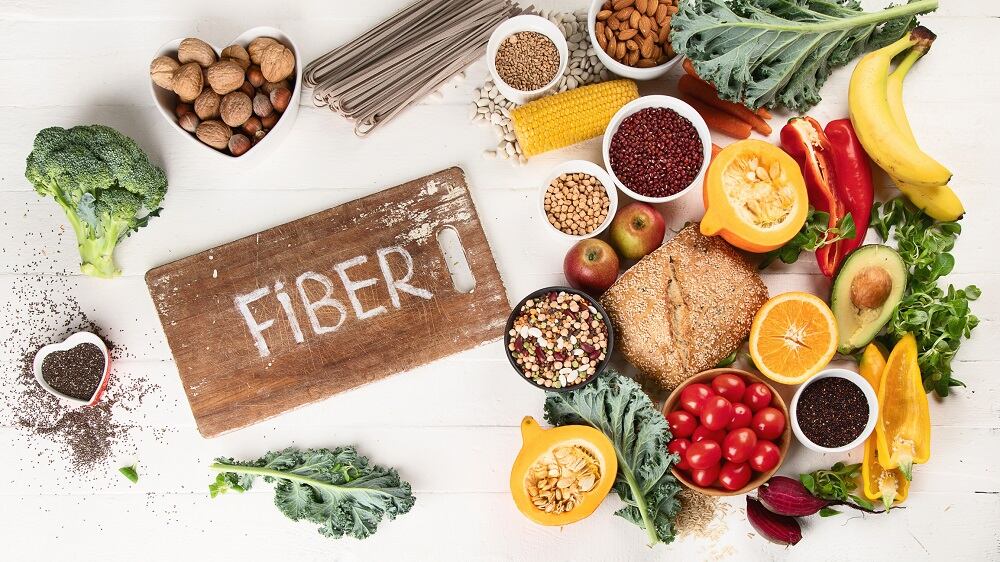Roquette conducted an online survey with participants in Mexico, Brazil and the US. When it comes to food and nutrition awareness, while sugar and fat may be considered as highly prevalent in the media and health organization’s campaign initiatives, fiber remains somewhat in the background.
The French-based leader in plant-based ingredients and new vegetal proteins gathered responses from consumers in Mexico, Brazil and the US to understand perceptions about fiber in food and drinks.
Increasingly, in today’s food environment, buyers are seeking greater amounts of supply chain information and full transparency regarding the contents of their shopping baskets.
Health, consumer concerns and calls for transparency
Concerns when purchasing food and beverages coupled with health issues or worries are driving consumer decision making. Roquette sought to gain a deeper understanding of the impact of health and wider concerns relating to our diets have when purchasing food and drink items.
The health issues that most influence Mexican, Brazilian and US consumers’ diet choices are weight management, staying fit and active, and stress, Roquette’s findings reveal.
Of those asked, the biggest concerns for shoppers was sugar, followed by fat, and calories, then protein and cholesterol — fiber came in last.
When purchasing food and beverages, the least concerning nutritional component is fiber — suggesting that brands who produce items high in fiber will find it easier to overcome the barriers associated with other foodstuffs.
Fiber intake awareness
The company also wanted to gauge consumers’ current awareness surrounding recommended daily fiber intake and the variety of fiber sources.
For brands producing and marketing fiber-containing food and drink, it’s vital that their packaging, labeling and advertising campaigns contain impactful statements that spur consumers to buy their products.
If we can identify what determines the difference between abandoning a purchase and heading to the checkout, brands can leverage this information to provide consumers with nutritionally-desirable product ranges.
More than 50% of those asked know that fiber is important as part of their regular diet. While this figure indicates that information and education is out there, it also suggests that there is room for improvement when it comes to raising awareness of fiber intake.
However, although nearly 50% of those surveyed believe they get enough fiber, more than 50% do not know the recommended daily intake for adults.
In terms of fiber source awareness, consumers asked, said oats, grain, fruits and vegetables were the top sources of fiber. A third of people were aware that peas are a source of fiber, indicating that some sources of fiber such as oats and grains, or particular foods, are more commonly associated as containing fiber.
Are we choosing fiber?
In short, yes. Digestive health, regularity and achieving a healthy diet are the main reasons for opting for fiber-rich buys. A total of 37% of those asked revealed they specifically purchase certain food and beverages because of their fiber content.
Breakfast and sports bars lead fiber-based buys, while dairy or dairy alternatives come second. Interestingly, while many opt for meat alternatives to satisfy their fiber-fix, Latin American consumers choose sweet snacks over meat to get their fiber intake.
The snack bar segment continues to grow as consumers and brands alike focus on health. As healthier biscuit brands are appearing in the premium food and drinks arena, consumers are showing a willingness to pay a higher price point for health, credible and value-adding foods, market intelligence provider, Euromonitor International, reveals.
Consumers are actively looking for high fiber content across all of these food types. Over 40% of those asked expressed they are looking for high amounts of fiber in bars and dairy/dairy alternatives, while more than 30% agreed when it comes to sweet and salty snacks, prepared/frozen meals, breakfast on the go options and meat alternatives.
The next wave of fiber products
For brands looking to maximize the demands for fiber-based food and beverages, marketers should focus on a number of core messages to engage and attract buyers.
The most impactful fiber statement to influence purchasing communicates that the item is ‘an excellent source of fiber’, i.e. it contains more than 50% fiber. A ‘good source of fiber’ follows, detailing the specific number of grams of fiber in the product is next, and lastly, including ‘with added fiber’ also appeals to consumers. The inclusion of the word ‘fiber’ alone seems to resonate with consumers and instantly increase their chances of purchasing the food or beverage item.

